TOM WESSELMANN (1931-2004)
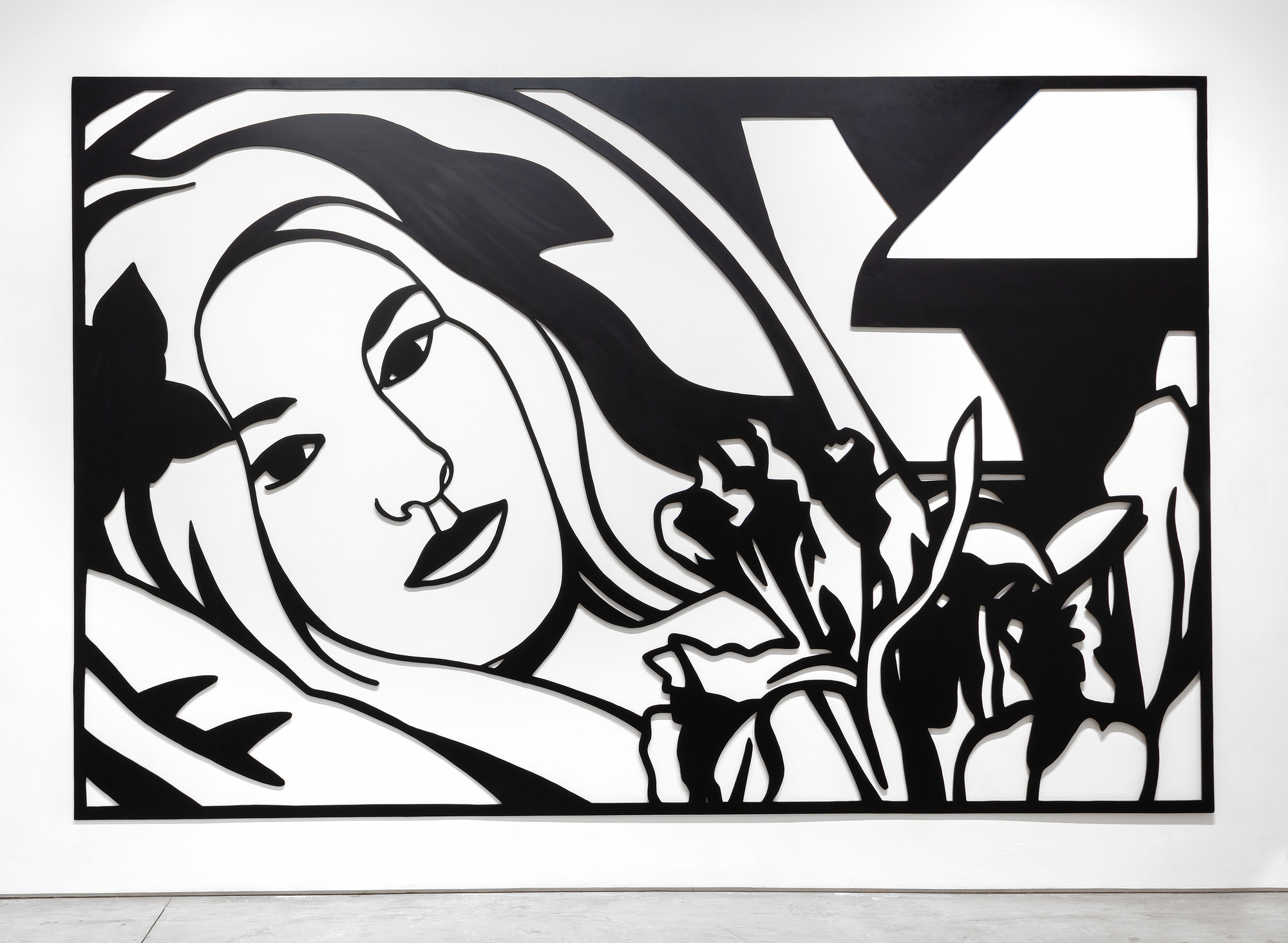
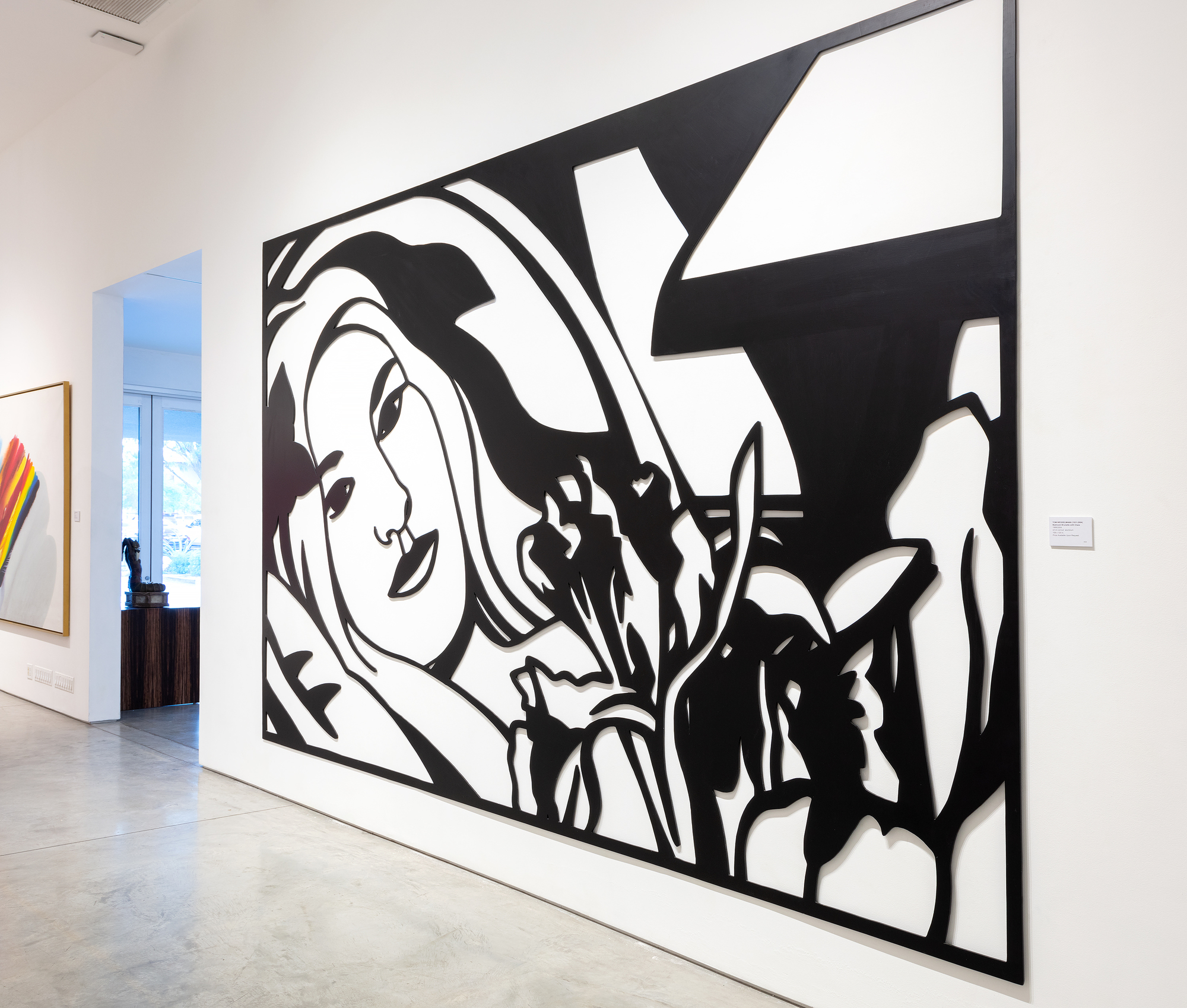
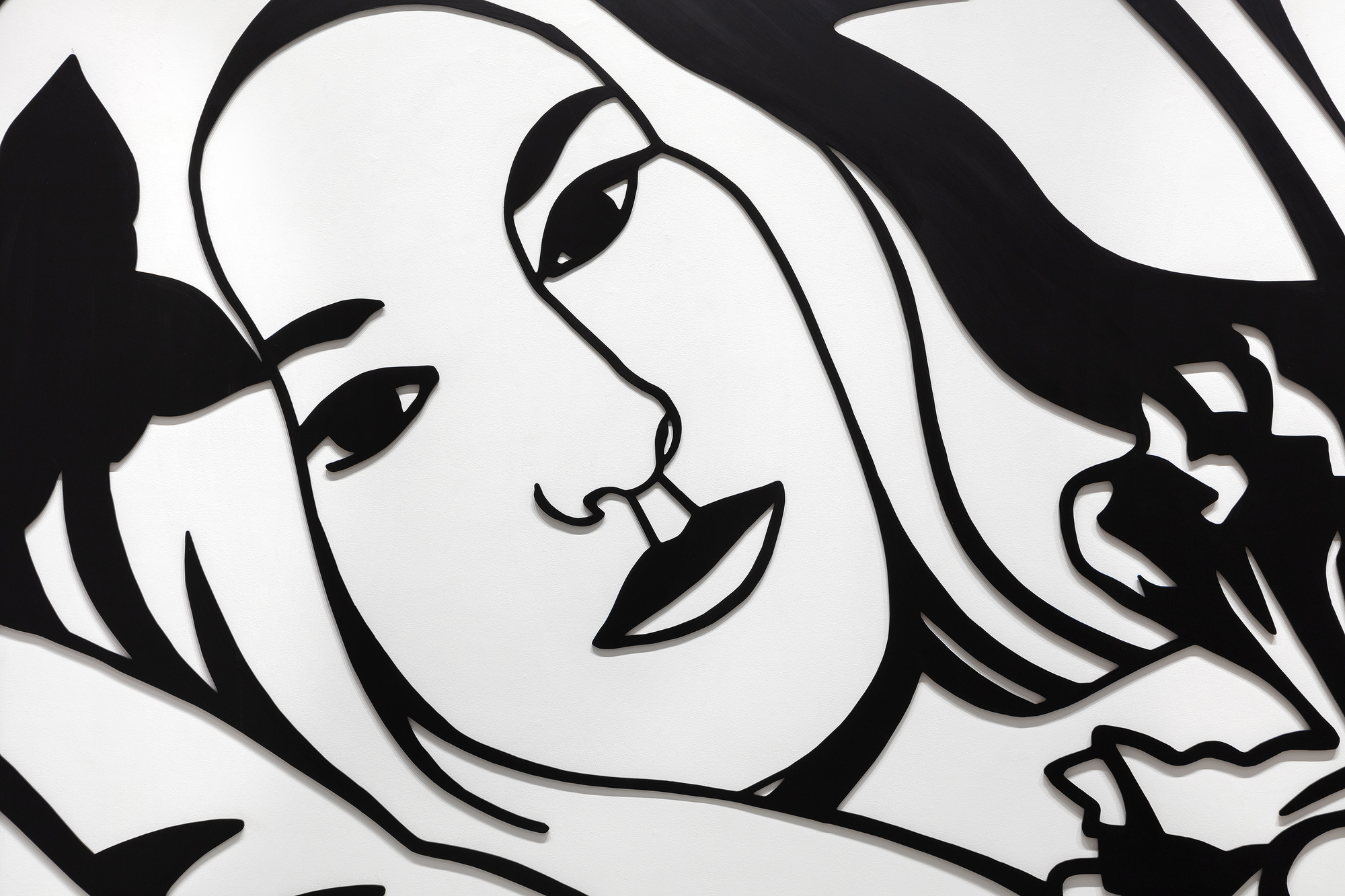
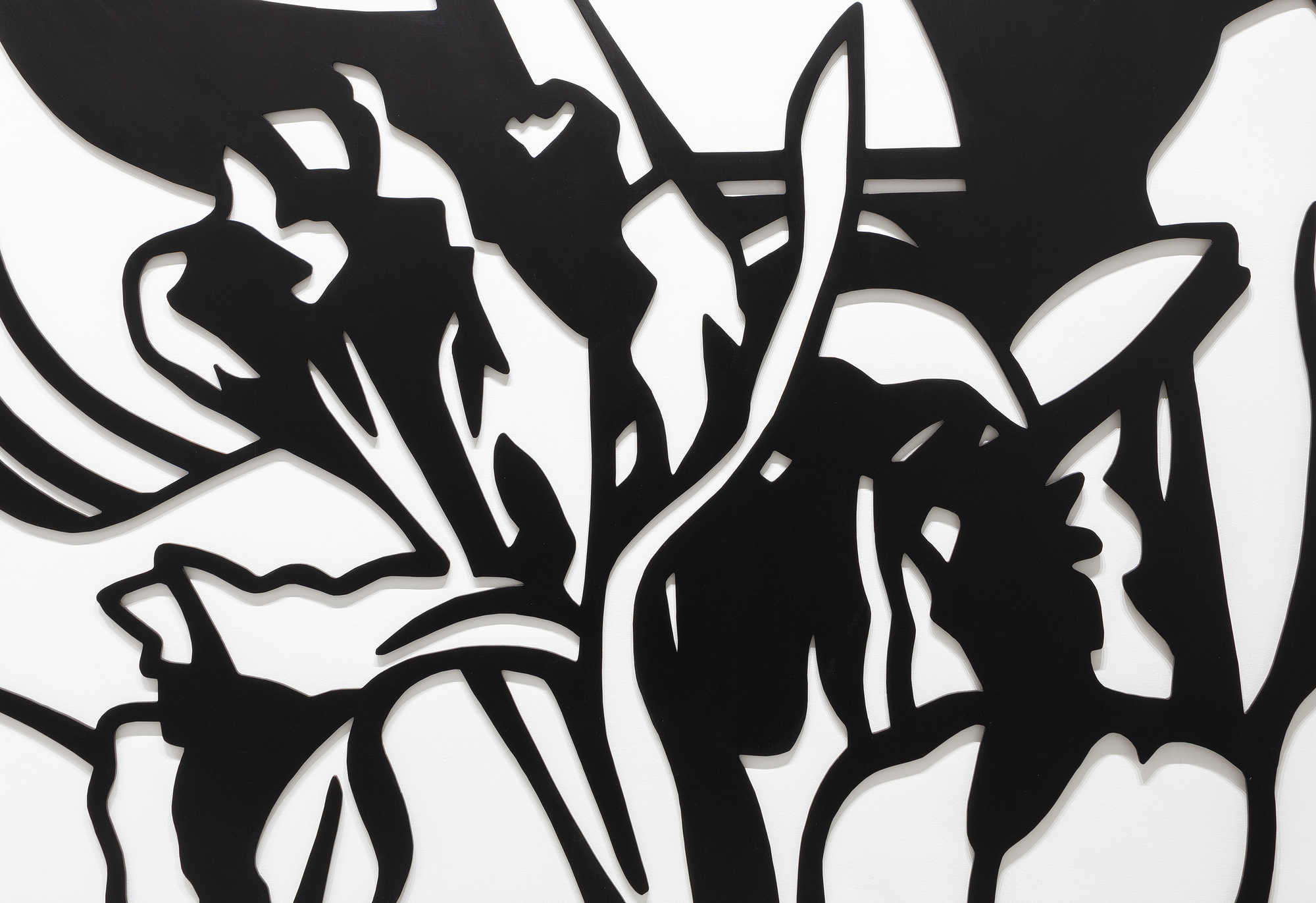
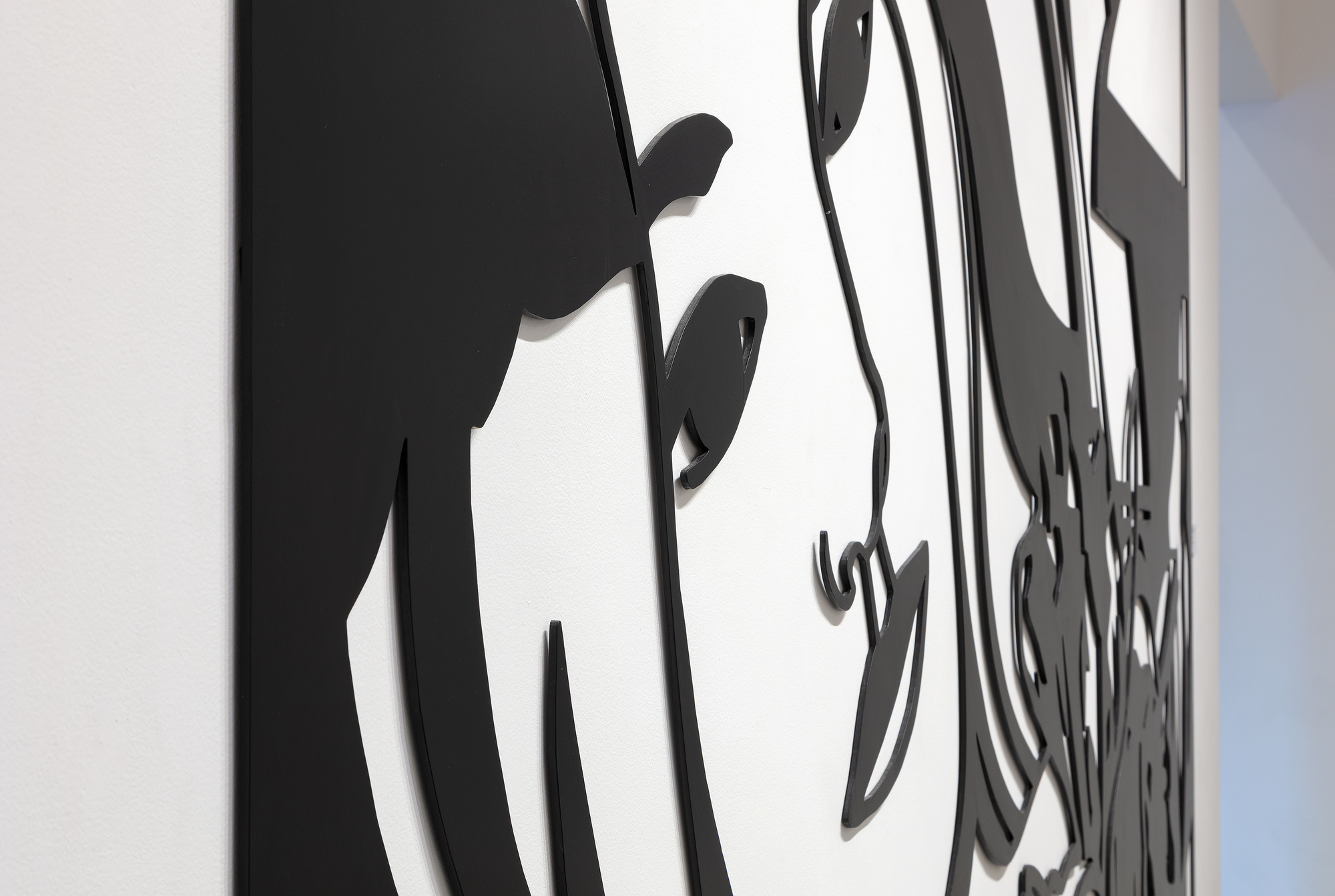
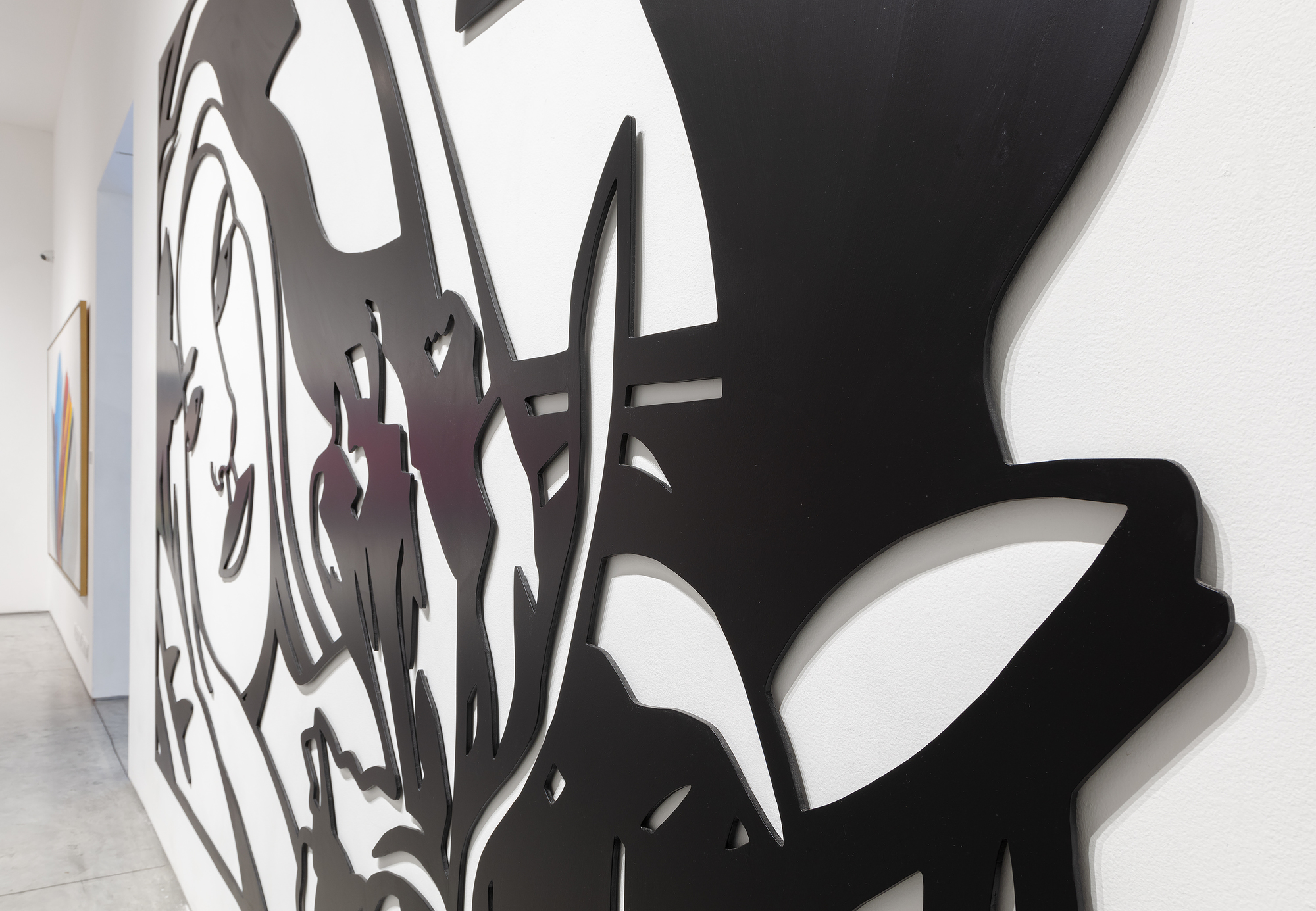
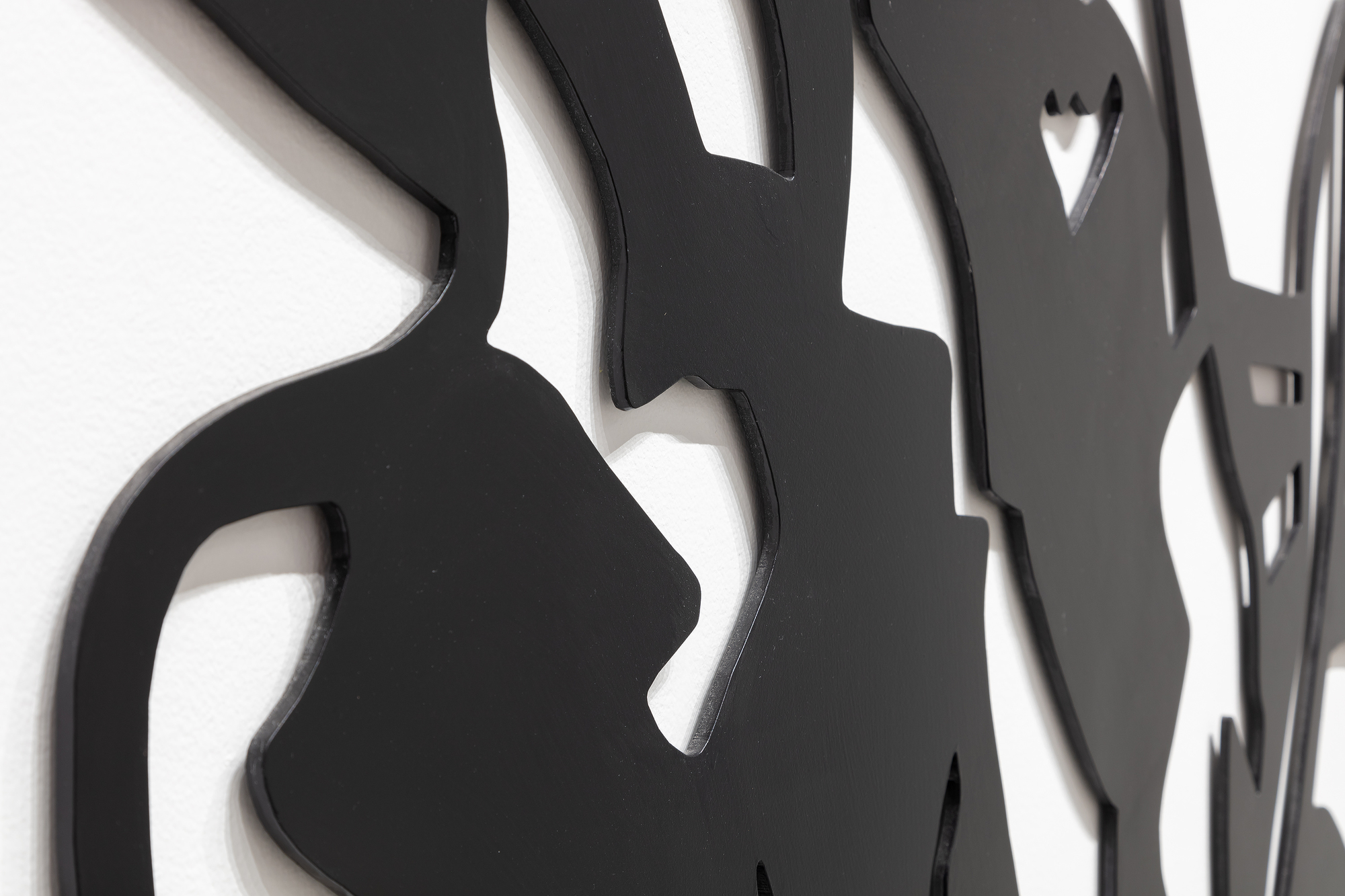
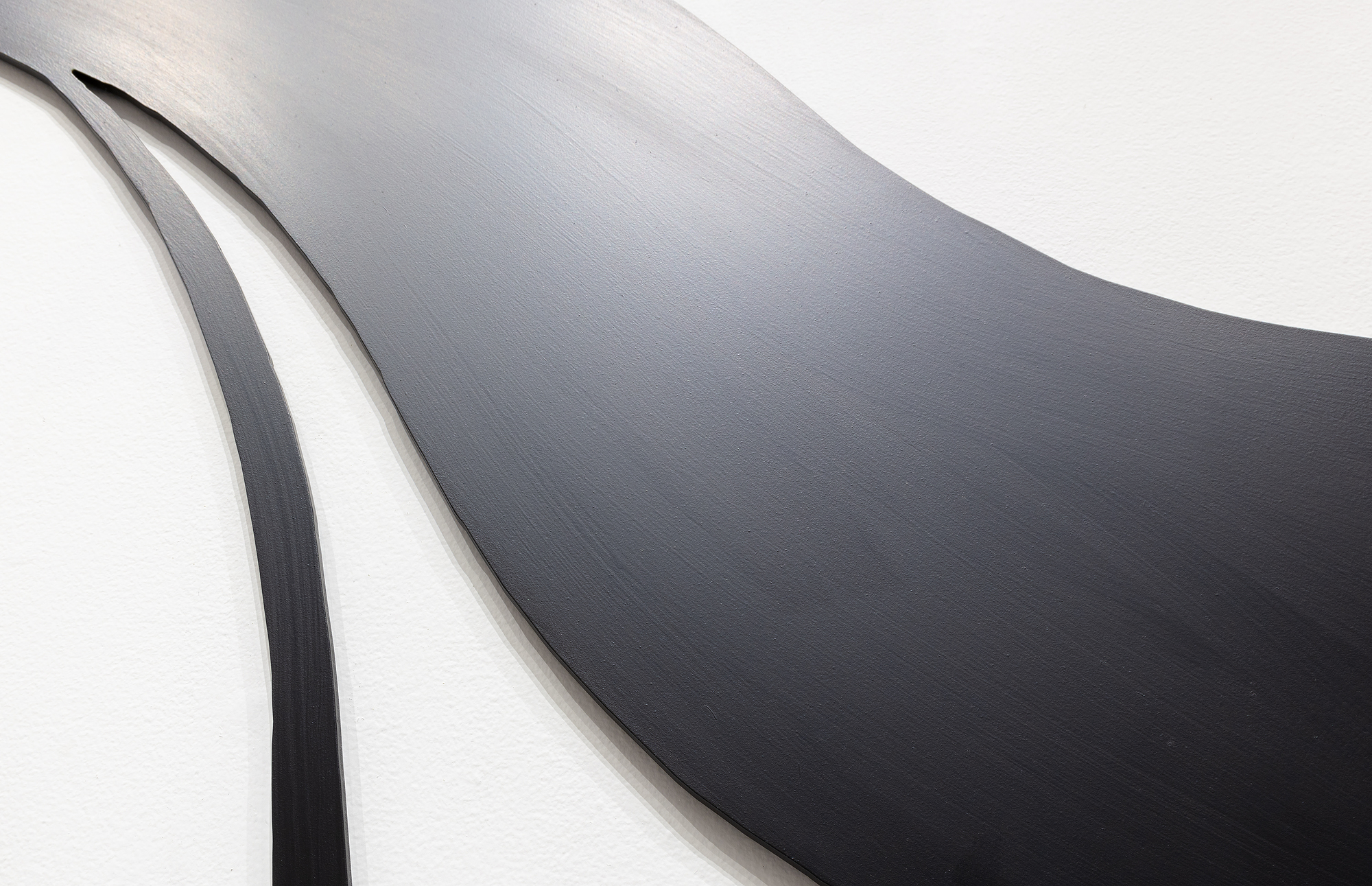
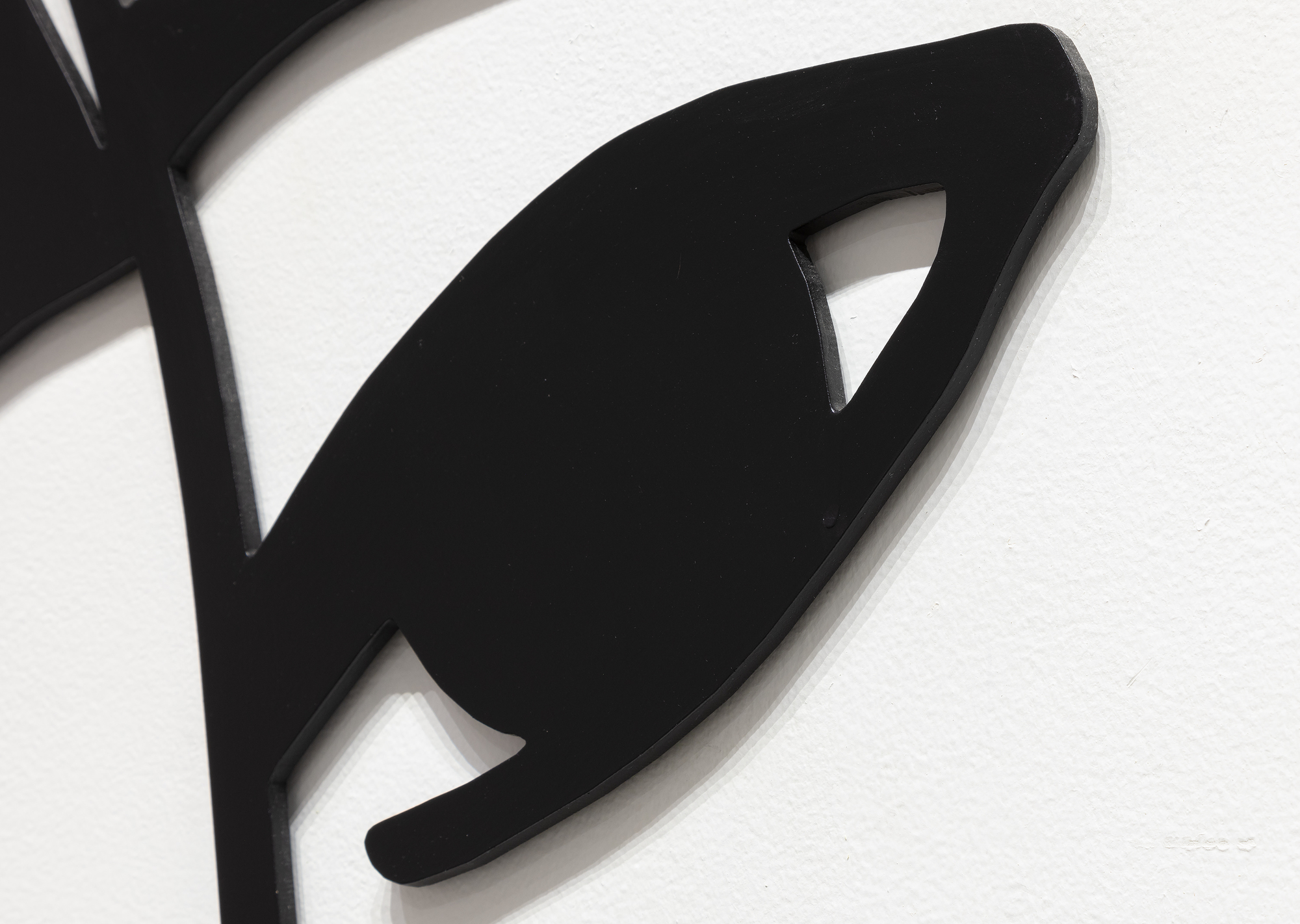
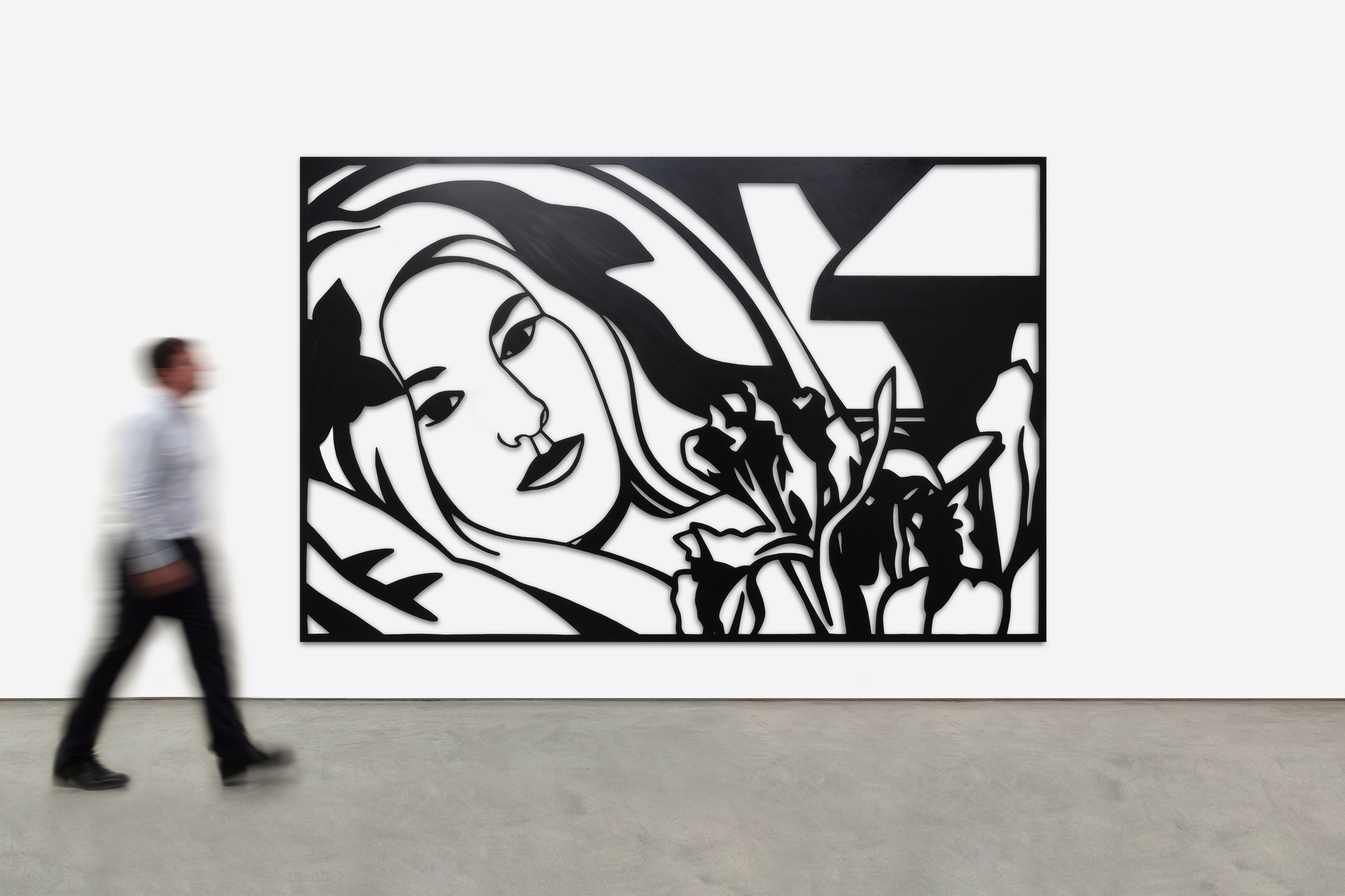
Provenienz
Galerie Robert MillerPrivatsammlung, New York, 2004
Ausstellung
Wesselmann, T., Aquin, S., Montreal Museum of Fine Arts. (2012). Tom WesselmannMünchen: Prestel
New York, Robert Miller Gallery, Tom Wesselmann: Sunset Nudes, 9. März - 22. April 2006 (Farbabb.)
Rom, Museo d'Arte Contemporanea Roma, Tom Wesselmann, 8. Juni bis 18. September 2005 (Farbabb. S. 174-75)
Literaturhinweise
John Wilmerding, Tom Wesselmann: His Voice and Vision (New York: Rizzoli International Publications, 2008), S. 253 (Farbabb. S. 248-49, als "Bedroom Brunette w...Mehr.....mit Schwertlilien, 1988/04")...WENIGER.....
Geschichte
Tom Wesselmann wird zweifellos in Erinnerung bleiben, weil er seine erotischen Themen mit den Farben der amerikanischen Flagge in Verbindung brachte. Aber Wesselmann war auch ein begnadeter Zeichner, und die Linie war sein Hauptanliegen, zunächst als Karikaturist und später als glühender Verehrer von Matisse. Dass er auch Pionier einer Methode war, Zeichnungen in lasergeschnittene Stahlwandreliefs zu verwandeln, war eine Offenbarung. Er begann, sich mehr und mehr auf das Zeichnen um des Zeichnens willen zu konzentrieren und war begeistert davon, dass man das neue Medium in die Hand nehmen und halten konnte: "Es ist wirklich so, als ob man eine zarte Strichzeichnung vom Papier aufheben könnte.
Die Steel Drawings sorgten in der Kunstwelt für Aufregung und Verwirrung zugleich. Nachdem das Whitney Museum of American Art 1985 eines der bahnbrechenden Werke erworben hatte, schrieb es Wesselmann und fragte, ob es als Zeichnung oder als Skulptur katalogisiert werden sollte. Das Werk hatte so viel Aufsehen erregt, dass Eric Fischl, als er Wesselmann in seinem Atelier besuchte und zum ersten Mal Arbeiten im Stahlschnitt sah, neidisch wurde. Er wollte es versuchen, traute sich aber nicht. Es war klar: "Tom besaß die Technik vollständig.
Diese Technik verdankt Wesselmann zu einem großen Teil seiner jahrelangen Zusammenarbeit mit dem Metallverarbeiter Alfred Lippincott. Gemeinsam feilten sie 1984 an einer Methode zum Schneiden des Stahls mit einem Laser, die ihm die nötige Präzision verlieh, um die Spontaneität seiner Skizzen zu zeigen. Wesselmann nannte es "das beste Jahr meines Lebens" und war begeistert von den Ergebnissen, die er mit Aluminium, bei dem jede Form von Hand geschnitten werden musste, nie ganz erreichen konnte. "Ich ahnte, wie aufregend es für mich sein würde, eine Zeichnung in Stahl zurückzubekommen. Ich konnte sie in meinen Händen halten. Ich konnte sie an den Linien anfassen... es war so aufregend... eine Art von Beinahe-Ekstase, aber die neue Arbeit hatte wirklich etwas, das mich packte.
MehrMARKTEINBLICKE
- Seit 1976 ist der Markt von Wesselmann mit einer jährlichen Rendite von 5,6 % gewachsen.
- Schlafzimmerbrünette mit Schwertlilien ist eines der größten Werke des Künstlers, die auf den Markt kommen
- Wesselmann konzipierte dieses Werk 1988 und ließ es 2004 kurz vor seinem Tod im Dezember desselben Jahres anfertigen - es ist eines seiner letzten großen Werke.
- Wesselmanns Frauenfiguren gehören zu seinen begehrtesten und meistgesuchten Motiven
- Dieses Stück befindet sich seit seiner Entstehung in derselben Privatsammlung.
Spitzenergebnisse bei Auktionen
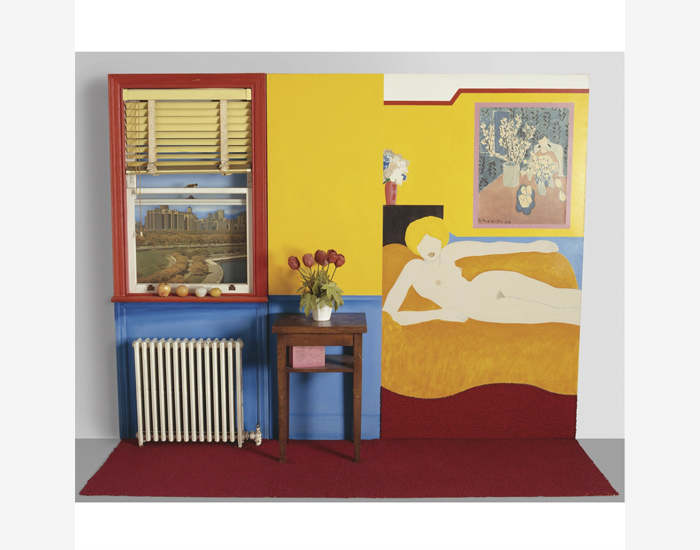
"Great American Nude no. 48" (1963) wurde für 10.681.000 $ verkauft.
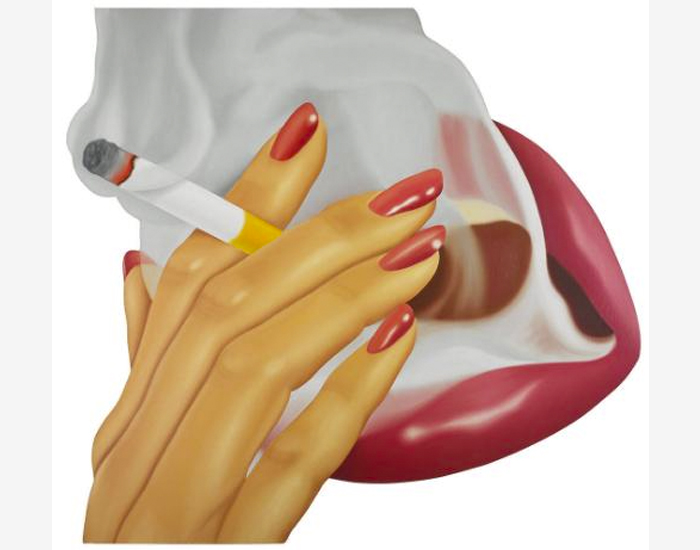
"Smoker #9" (1973) wurde für 6.761.000 $ verkauft.

"Smoker #17" (1973) wurde für 5.864.000 $ verkauft.
Vergleichbare Werke bei einer Auktion verkauft

Das "Stillleben mit vier Lizes" (1991) wurde für 2.070.000 Dollar verkauft.
- Vergleichbares Medium, und unser Stück ist mehr als doppelt so groß wie dieses
- Es hat zwar Farbe, aber nicht die gleiche weibliche Bildsprache, die in Wesselmanns Werk so ikonisch ist.
- Verkauft für über $2M, das sind $380 pro Quadratzoll, während Bedroom Brunette with Irises nur $115 pro Quadratzoll kostet, also 1/3 des Gesamtpreises
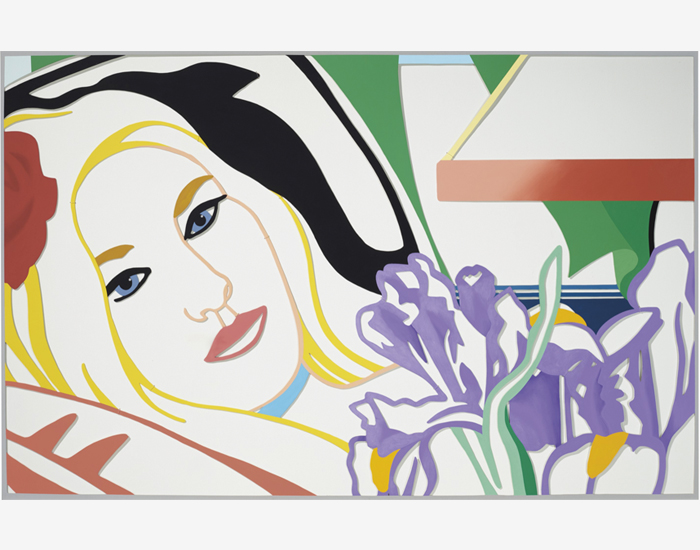
"Schlafzimmerblondine mit Iris" (1987) wurde für 399.000 Dollar verkauft.
- Dieses Kunstwerk ist 1/3 so groß wie unseres, aber mit den gleichen Motiven
- Verkauft im November 2019 für $399.000, was mehr als das Doppelte des Schätzwertes von $180.000 ist, ein Beweis für die zunehmende Stärke des Wesselmann-Marktes

"Umgekehrte Zeichnung: Schlafzimmerblondine mit Schwertlilien" (1993) für 489.428 $.
- Ein vergleichbares Thema, wenn auch nur eine Arbeit auf Papier und halb so groß wie unser Werk
- Verkauft für fast eine halbe Million Dollar im Februar 2020
Werke in Museumssammlungen
Whitney Museum of Art, New York
Smithsonian American Art Museum, Washington D.C.
Das Kunstinstitut von Chicago
Zusätzliche Ressourcen
Jenseits der Pop-Art
Der berühmteste Popkünstler, den Sie nicht kennen
Tom Wesselmanns großer amerikanischer Akt #53
Fragen Sie
Das könnte Ihnen auch gefallen




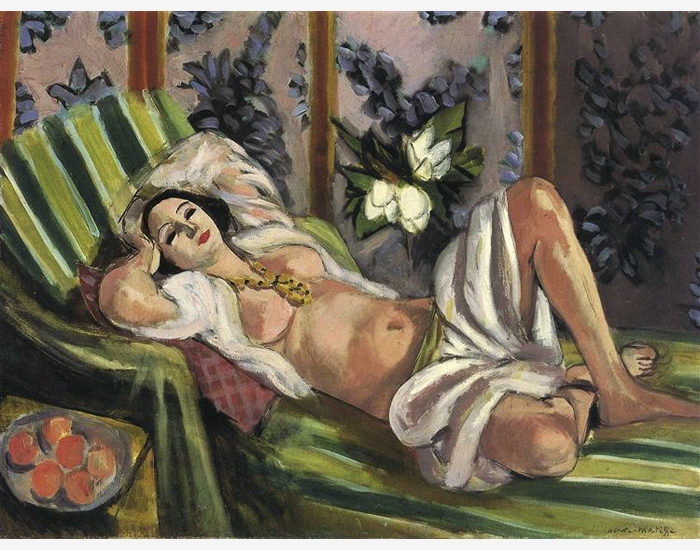








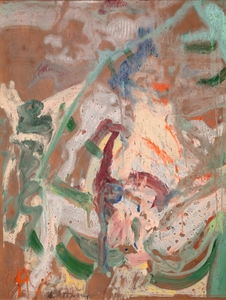
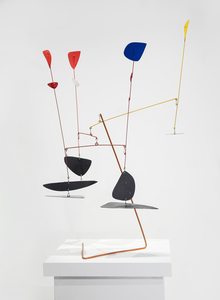
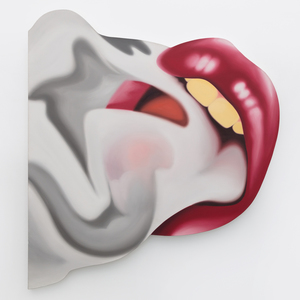


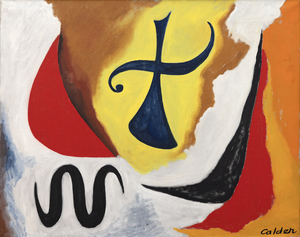
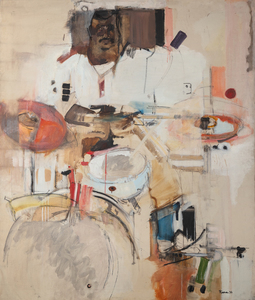
_tn27035.jpg )
_tn44121.jpg )